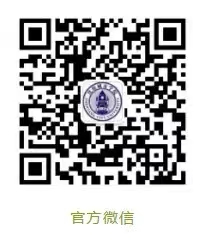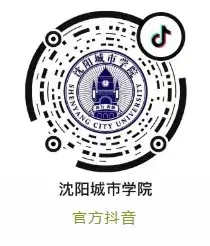


辽ICP备17002622号-1 辽ICP备17002622号-3 辽公网安备 21011102000115号
The Apple Library was named in honor of Mr. Steve Jobs’ great creation, the Apple. The library was established in 2010 with an area of 7,581 square meters. It is square, simple, independent, and mainly white. With large glass walls on the north and south sides, the space is open and transparent. Warm wooden desks and chairs, and the lighting of the glass outer wall provide students a comfortable and bright reading atmosphere.
The library was officially put into use in March 2010, with a total collection of more than 580,000 books, which cover languages, economics, science, education, culture and sports, industrial technology, and other professional subject categories. More than 1,500 reading seats are set around the bookshelves to facilitate students to read and study at any time and expand the scope of study.
The Apple Library has four floors, with three above the ground and one underground. It has a relatively simple plane layout and a symmetrical distribution with the service desk as the central axis. At the entrance of the first floor, there is a comprehensive service desk for readers, with a consulting office to provide services such as service guide, business consultation and bibliographic inquiry. For on-site consultation or transferred difficult consultation problems, special personnel will be assigned to answer them in detail. Students can also go to the middle circular inquiry desk, where there are multiple devices for self-service inquiries, which is convenient and fast. Facilities such as bibliographic inquiry terminals and Goethe reading machines are also available around the first floor to fully realize computerized management and services.
The second and third floors are connected by wooden steps, and the steps are equipped with power supply equipment to facilitate the study of the students carrying electronic devices. The library provides two forms of reading, one of which is reading at the more traditional row of desks, and the other is reading at the reading steps combined with stairs. This reading mode provides students a freer and more open reading space, and provides them the diversity of reading methods to improve their applicability. The second and third floors are mainly self-study areas with excellent lighting and ventilation, which facilitates students’ long-term study in this area. The first underground floor is mainly a rich collection of books, and a large number of paper resources can be queried and borrowed.
With the continuous change and innovation of the library functions as required by the University’s development, the shift in the library management thinking, and the constant improvement of service consciousness, the library functions are becoming more and more diversified. New concepts of personalization, humanization, digitalization and intelligence are continuously incorporated to improve the actual function and service level of the library, so as to provide assistance to the construction of the University.


